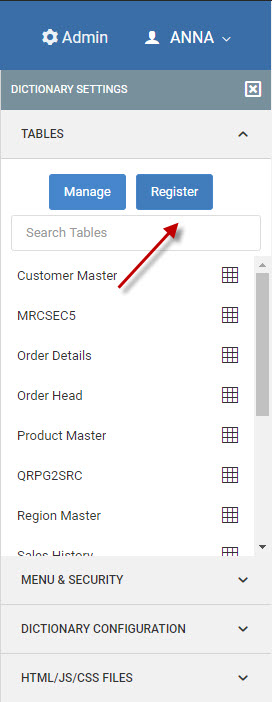Overview
Many m-Power users believe that they are unable to utilize their multi-member files in m-Power because m-Power was designed to work over Databases other than DB2. Since these other databases do not have multi-member files, we removed the ability from the interface to access these multi-member files.
However, there is a very easy way to load member tables into your Data Dictionary using SQL Aliases.
Creating an Alias
Since m-Power, by default, has no way to differentiate between two different members in one file, we will use aliases to help distinguish between the two. Let’s say I have a file called CUSMAS, with two members titled member1 and member2. For this example, we are going to only need member2.
Enter an SQL command line, and enter the following command:
CREATE ALIAS SCHEMANAME/NEWFILENAME FOR SCHEMANAME/CUSMAS (member2)
Press Enter.
You have now created an SQL Alias, that now allows us to differentiate member2 from member1.
Register the Alias
Lastly, we need to register this new alias to m-Power. Since the alias is not a physical file or an SQL view, m-Power will not allow you to add it. You can, however, create a dummy table in a separate data dictionary with the same name as your alias that contains no data but matches the same structure as your alias (same field names, same field sizes, same field precision). Load this table into m-Power. Then, click the table in the “Manage Tables” list, and point the table to the library that contains the alias. m-Power will allow you to make this change, and it will retain all of the original field name and attributes from your dummy table. However, when you build applications, they will be built over your alias.

Search for or select the schema name. On the next screen, search for or select the new table name to register this to the dictionary.
Build your application over the newly created Alias!
